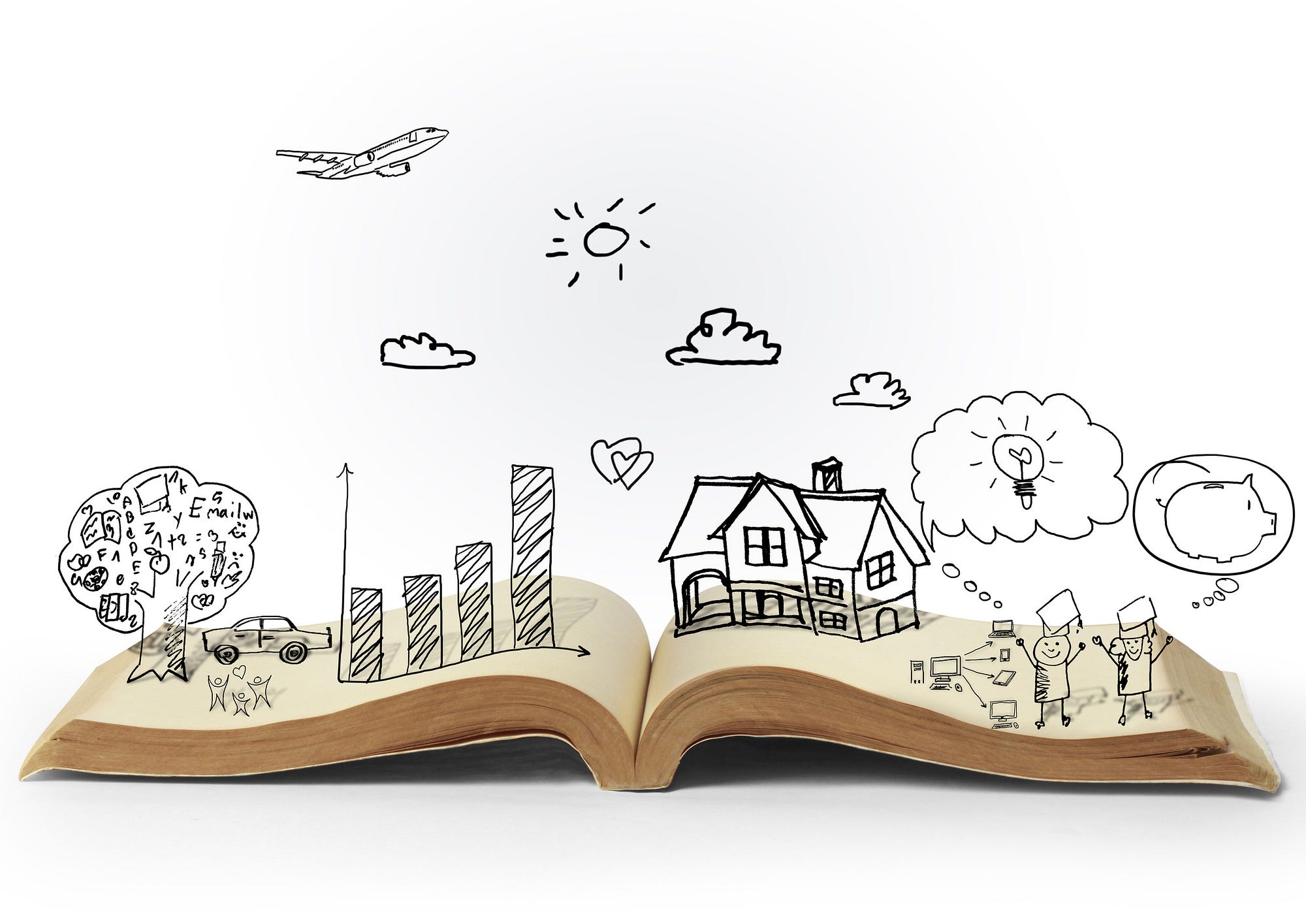Have you read the Great Expectations by Charles Dickens? If you have, you will remember the beautifully detailed description of London during the 19th century. That was a great example of the setting of a story. Let us also learn how one can effectively provide a setting for their story.
Suggested Videos
Setting of a Story
Now the setting of a story is the location and the time in which your story takes place. It is one of the essential elements of building and writing a good story. Without the setting, the reader would be clueless about the background in which the story is taking place.
For example, say your story is about a game of football being played. Then the setting could go somewhat like this. “It was a hot and blistering day. Rahul could feel the sweat trickle down his back. The dust in the air painted the whole ground in a sepia tone. The water fountain in the corner of the ground looked really tempting, but there was no time. The other team had arrived”
A well written and thought out setting to the story will actually help the plot advance seamlessly. Let us take a look at few pointers you must keep in mind while writing a setting for a story.

Browse more Topics Under Writing
- Article
- Descriptive Essay
- Dialogue
- Diary Entry
- Essay
- Formal Letters
- Informal Letters
- Letter Writing
- Non-Classified/Display Advertisements
- Notice
- Paragraph
- Story
- Story: Characters
- Story: Setting
- Summary
Be Detailed
“The truth lies in the detail”. And how true is this? Even when setting up a story the details play an important part. They help the reader visualize the setting in their minds, making it more reliable. And minor details can end up playing an important part somewhere in your story. It could even be part of a future plot twist. Intricacy and details make the story more memorable.
Click here to study the story characters in detail.
Use your Senses
One mistake we often make, is we only write about what we see. But it is essential that you make use of all five senses when describing a setting. Talk about the noises around or some distinct smell. You can even describe taste when appropriate. Making sure you involve all the senses gives more dimension to your setting.
For example: “As soon as he climbed out of the car he knew he was home. His eyes hadn’t adjusted to the bright sunlight yet. But he could smell the salt in the air, while the waves made crashing noises as they hit the shores. The hair on his neck stood up, he was finally home”.
Show, Don’t Tell
This is one of the most important aspects of storytelling. The idea is to describe a situation and let the reader make his own deductions. It goes a long way in keeping the reader interested in the story. So you use vivid language to describe a setting instead of just informing the reader. It is the sign of a good story.
For example instead of saying the “field was full of green grass,” you can show this. “As soon as she stepped on the field she felt the dew. As she began running towards the swing the lush green grass crunched under her tiny feet. The sun was just about to set, the park was lit up by a soft pink glow”
Make use of Symbols
You can use the setting of the story, to advance your story and give the reader a hint of what is coming next. It is called symbolism and the best of writers do it. It is a good way to forewarn the reader of upcoming events in your story. For example, if the hero of your story is going to run into trouble, you could include a bad omen in the setting, like the appearance of a black cat.
Solved Question for You
Q: Which of the following does not help create a setting with an ‘angry’ mood?
- Soft Music
- Thunder
- Strong Winds
- Fire
Ans: The correct option is “A”. Soft music does not invoke the feelings of anger. The other three can be used to set up a scene using the “show, don’t tell” method.






great article
very clean post.
awesome work
Att